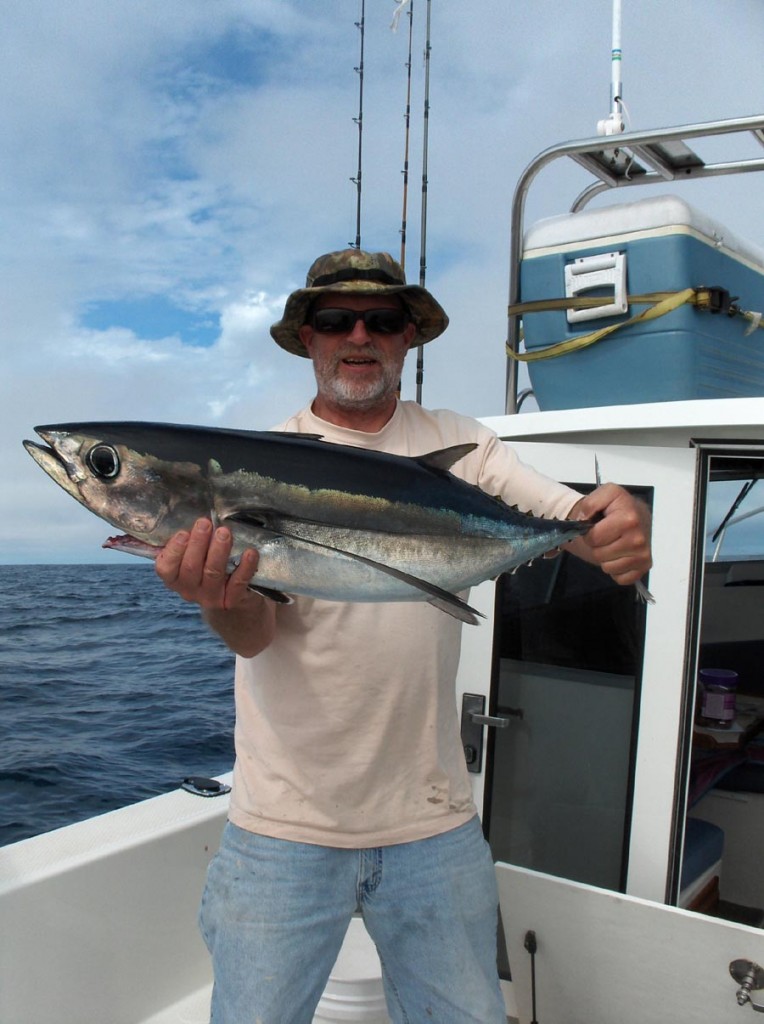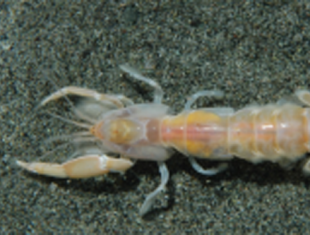EARL SANDE
PINK SHRIMP
When we called Westport in April to inquire about moorage we were surprised to hear how difficult that would be. We had never had that problem before. We were told several things had changed this year.
One change is the Ocean Shores Marina had become so neglected the cost of repair didn’t pencil out, so many of those boats came to Westport.
Two, with a shorter summer Chinook season in parts of Puget Sound some of these sport fishermen were looking at Westport.
But one of the biggest changes was the addition of about 25 large shrimp draggers from Oregon and California that wanted to moor at Westport. The last five years has been exceptional for juvenile shrimp survival off our coast for some unknown reason. These little shrimp are worth lots of money when you catch millions of pounds of them.
Cold water pink shrimp stocks are down off Norway and New England, so global market prices are up making the West Coast pink shrimp fishery very lucrative.
Over-fishing is always a concern when this much money is involved. State and Federal fishery managers say this isn’t the case with coastal pink shrimp, but we have heard this story many times before.
For instance, the collapse of cod stocks off the East Coast of Canada and New England during the 1990s was especially troublesome as Federal Fisheries Managers kept saying everything was fine because landings of cod went up year after year.
But in reality, the reason landings went up was because fishing ships got bigger, nets got bigger and technology got better so cod could be seen thousands of feet under water. Fishing was so good that all the sudden they were gone! Fishermen nearly caught them all.
It may take a hundred years for the cod to recover, and maybe they never will.
The same thing happened to our bottom fish in Puget Sound and the Straits of Juan De Fuca. Commercial bottom draggers drug the bottom until the bottom fish were gone. During this time in the 1990s State Fishery Managers said as long as bottom fish landings are up what could go wrong? Within a few years they nearly caught them all and that was pretty much the end of Pollock and true cod for us.
So let’s hope the coastal pink shrimp stocks stay abundant as they are food for nearly every fish and whale swimming off our coast. Ninety million pounds of pink shrimp were caught off the U.S. West Coast during 2014, which was a new record. The take of pink shrimp in 1978 was 82 million pounds and in 1989 and 1992 the total was 78 million pounds.
The coastal pink fishery really started in 1956 with the invention of the mechanical peeler, making it financially feasible to process millions of pounds of small shrimp.
There are about 20 different species of shrimp that live in our coastal and inland marine waters. And like most of these species, the majority are males that change into females at two years of age and rarely live to be five years old. They mate during fall and early winter, and the females carry the eggs externally releasing them in spring time when they are ready to hatch.
These tiny forms of life float around near the surface with the rest of the algae, plankton and other species of spawn, eating anything smaller than them and in turn are eaten by anything bigger than them until fall when they are big enough to act like and look like shrimp. But survival will continue to be very difficult for the rest of their lives because just about everything out there wants to eat them.
Adult shrimp swim up closer to the surface to feed at night then head back near the bottom by daylight. The commercial draggers can then see large schools on their fish finder screens and start harvesting. The season starts April 1st and closes October 31st. You would think May 1st would be better for the shrimp as females would have released all their eggs by then.
There are no estimates of pink shrimp abundance in the ocean. It’s simply not possible. Environmental conditions like water temperature and enough food near the surface for the shrimp larvae to survive and grow quickly probably drive shrimp abundance…
Since 2003 by-catch reduction devices have been mandatory on all coastal shrimp trawls to reduce the chances of catching bottom fish like endangered Yelloweye and Canary Rockfish.
In 1993 the Washington State Legislature was concerned enough about the possible over-harvest of coastal pink shrimp they passed RCW 77.65.380 which states:
The legislature finds that the offshore Washington, Oregon, and California commercial pink shrimp fishery is composed of a mobile fleet, fishing the entire coast from Washington to California and landing its catch in the state nearest the area being fished.
The legislature further finds that the ocean pink shrimp fishery currently uses the entire available resource, and has the potential to become overcapitalized.
The legislature further finds that overcapitalized can lead to economic destabilization, and that reductions in fishing opportunities from licensing restrictions imposed for conservations needs and the economic well-being of the ocean pink shrimp industry creates uncertainly.
The legislature further finds that it is in the best interest of the ocean pink shrimp resource, commercial ocean pink shrimp fishers, and ocean pink shrimp processors in the state, to limit the number of fishers who make landings of ocean pink shrimp into the State of Washington to those persons who have historically and continuously participated in the ocean pink shrimp fishery.
I wonder if this law is still a rule and is it being enforced?



